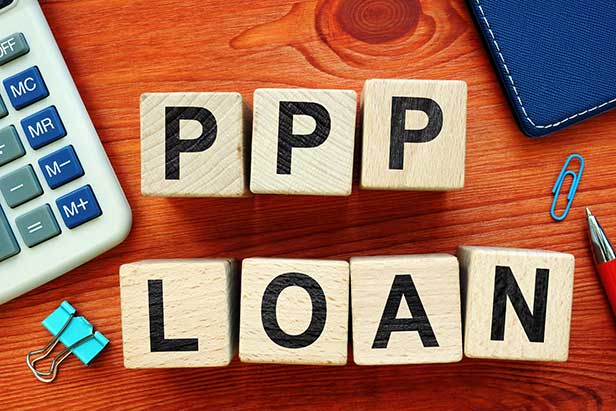News May 21, 2020
Confusion Over PPP Loans Continues, Survey Finds
The questions come as Congress contemplates changes to make the program friendlier to businesses.
Widespread confusion over the terms and conditions of the Paycheck Protection Program has many U.S. small business owners scratching their heads.
A May 18 survey of 685 business owners, conducted by the National Federation of Independent Business (NFIB), found that nearly three-fourths of small business owners find the terms and conditions of PPP loans difficult to understand, with 22% saying they’re very difficult.

“Owners have questions about how to spend the funds and what they can spend the loan on as many of the terms and conditions are broad and unclear when applied to specific business operations,” the NFIB says in its report.
For many business owners, complying with the conditions is important. Doing so could mean that a PPP loan is forgiven. Failure to do so could result in a business having to pay back all or some of the loan – a situation most entrepreneurs are keen to avoid.
Despite the uncertainty, more than half of business owners NFIB surveyed expect the loan amount they received to be forgiven. Meanwhile, more than a quarter (27%) anticipate that three-quarters of their loan will be forgiven, the survey showed.
The questions over PPP come as national leaders contemplate potential changes to the program that would make it friendlier to businesses and more reflective of the economic reality caused by societal shutdown measures tied to the coronavirus pandemic.
Next week, the House of Representatives is poised to vote on the Paycheck Protection Flexibility Act. If enacted, the legislation would extend the covered period to which the loans can be used beyond the current eight weeks and allow for more flexibility in how funds can be deployed. For instance, current requirements call for 75% of the loan to be used on payroll, but that percentage could be reduced to allow for more balance between payroll and other expenses, such as rent and utilities.
On May 15, the Small Business Administration (SBA), which administers the PPP, released the PPP Loan Forgiveness Application, along with instructions for how to navigate it. Access the application here. The SBA says more guidance is forthcoming.
The PPP has faced ample criticism, as detailed here. Still, the program has also distributed hundreds of billions of dollars of badly needed funds to businesses across the U.S. The NFIB survey found that 80% of small business owners applied for a PPP loan; 90% of those reported receiving one, the survey says.
“The core purpose of this program was keeping millions of Americans from being laid off. And if judged by those standards, then the fact that by the time the second round of PPP is complete, close to 50 million Americans will have a job because of it makes the program an enormous success,” said Sen. Marco Rubio of Florida.
On March 29, the Coronavirus Aid, Relief, and Economic Security Act (CARES Act) went into effect. It’s a federal law that provides for emergency financial assistance to the tens of millions of Americans trying to survive the economic devastation caused by COVID-19. Initially, the CARES Act included $349 billion in forgivable loans to small businesses to help with job retention and other expenses, through the PPP. The funds quickly ran dry. In April, Congress approved an additional $310 billion in PPP funding. There’s still money available in the second round of funds.
PPP loans have helped suppliers and distributors in the promotional products industry. Still, some have reported enduring a messy application process, prolonged silence from lenders and, ultimately, an inability to obtain funding.
Meanwhile, federal authorities have begun cracking down on people trying to defraud the PPP to line their own pockets. Recently, authorities charged a reality television star and an engineer from Texas with fraud related to the PPP.
